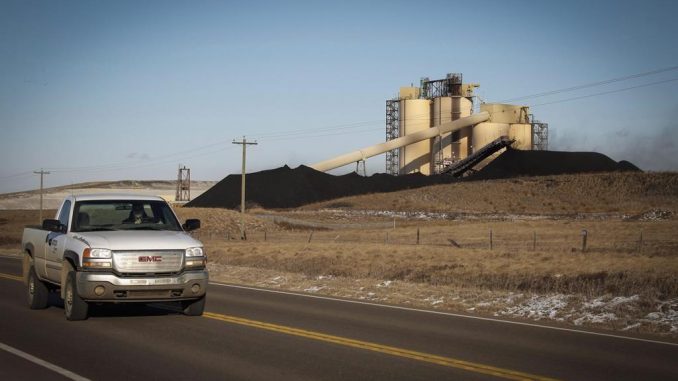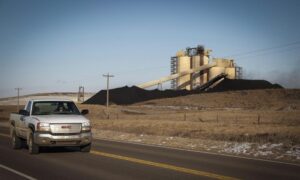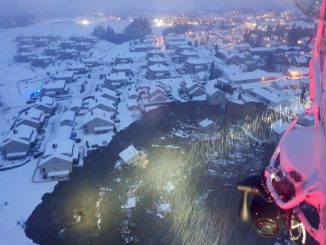

Coal mines can be environmentally safe and can become useful, enjoyable landscapes when the seam runs out, say scientists working with industry.
But they admit that there are risks and costs, and urge communities and miners to work together from the start to understand and minimize them.
“There’s a lot of mitigative measures you can take when you’re designing a mine,” said Guy Gilron, a biologist and toxicologist who has worked on many mine projects, including some proposed for Alberta’s Rocky Mountains.
Gord McKenna, a Calgary-based geotechnical engineer, said mines can become attractive and useful landscapes—as long as people don’t expect them to look the same as they did before.
“We can make landscapes that are pretty good,” he said. “It’s not always put back to the same land uses. (But) if we don’t over-promise, I think mines can meet what they set out to do.”
The United Conservative government is looking to increase surface coal mining on the foothills and summits of the Rocky Mountains. Plans from several companies covering tens of thousands of hectares have caused widespread concern over potential contamination and destruction of much-loved landscapes.
Gilron said modern mines are designed to reduce the release of contaminants such as selenium, which is toxic in excess and is released as it oxidizes from waste rock. Gilron said less is released if that rock is covered.
“If you cover that waste rock with water or with backfill—the engineers use a special paste to cement it back in place—you reduce the amount of selenium that goes into water.”
Bacteria in the water then reduce the selenium to a form that plants and animals can’t absorb, Gilron said.
He points to at least six examples of where so-called end-pit lakes have been used successfully to bring selenium well below dangerous levels. Sphinx Lake, near Hinton, Alta., is an example of an artificial lake used to treat selenium, he said.
Golder Associates, an international environmental consultancy, published a 2020 report on selenium reduction technology in 30 locations across North America.
“Various industry sectors are investing in selenium treatment technology and making progress in performance,” it said. “Some technologies have multiple successful full-scale installations.”
The report includes caveats.
“Selenium treatment technologies have not reached full maturity and should still be regarded as developmental,” it says.
It also suggests that Canadian coal mines that contain high levels of selenium are “challenging” to mitigate.
Gilron said it can be done.
“You don’t see it as much of an issue in new mines where they’ve had a chance to engineer and treat waste rock in a way to avoid the selenium getting into water bodies.”
McKenna said that part of the problem in reclamation is that mining companies are pressured during the regulatory process to promise more than they can actually deliver.
“Right now, the mines promise the world—and the regulators require them to promise the world—to get their first permit. They promise what is possible rather than what is deliverable.”
It’s crucial to make a distinction between restoration and reclamation, he said.
“You can never put all the dirt back in the hole again.
“We ought not to be promising restoration. We ought to be promising pretty good reclamation.”
People also need to understand that a reclaimed coal mine will have to be monitored for many decades to ensure it’s stable and behaving as desired.
“To think we’re going to build these landscapes (that) cover many square kilometres, we’re going to get that perfect the first time and after 10, 20 years we can walk away, kind of makes no sense. We’re going to manage these lands for a long, long time.”
McKenna said the key to building a mine that can be satisfactorily reclaimed is consultation with communities and other users right from the start.
“They’re part of the decision−making, which is tough for mines to give up. We’ve got to stop building these landscapes for the local people and start building them with the local people.”
By Bob Weber






Be the first to comment